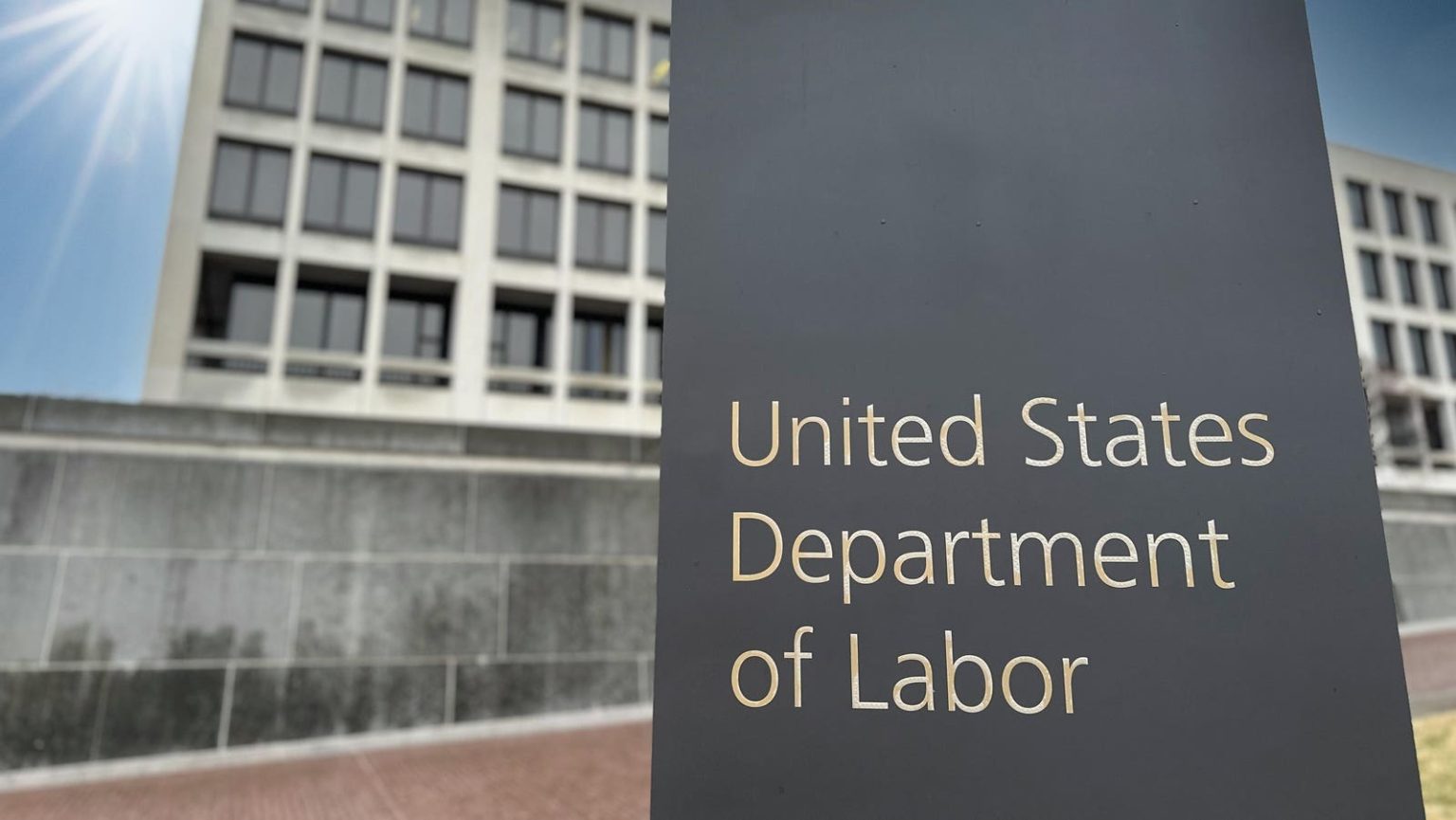The Department of Labor (DOL) has recently introduced a pivotal update to what constitutes investments advice under ERISA, more commonly referred to as the fiduciary rule. The DOL’s goal is to enhance the integrity of financial advice provided to retirement savers and enhance retirement security of Americans by reducing conflicted advice around retirement assets. This rule is critical due to the shifting dynamics of retirement planning in America, where individuals are increasingly responsible for their own retirement savings. The rule is simpler and narrower than a 2016 DOL fiduciary rule that was struck down for being too broad. With the rule set to go into effect in September 2024, what does this mean for investors?
Under the new rule, the definition of ERISA level fiduciary “investment advice” is significantly broadened. This means more types of advice, including one-time advice, now require advisors to meet fiduciary standards. This change is crucial as even a single piece of advice can impact a client’s retirement planning. The rule also removed the requirement that advice must be on a “regular basis” and updated exceptions for financial advisors. These updates aim to improve compliance and ensure the advice given aligns solely with the client’s best interests.
For investors, this rule means understanding the advisor’s duty of care, transparency and fee structures, rationale for recommendations, and qualifications and experience. The rule is more of a compliance and tweak of existing rules rather than a total overhaul. It is still on the investor and consumer to vet financial advice and find the right advisor for their retirement planning needs. By asking the right questions and ensuring the advisor meets fiduciary standards, investors can make more informed choices about who manages their retirement savings.
The broader impact of the rule aims to safeguard retirement savers from the adverse effects of conflicted advice, which can lead to higher fees and lower returns. By requiring fiduciaries to act with transparency and avoid misleading statements, the rule seeks to place the interests of retirement savers front and center. This aligns closely with broader administration efforts to strengthen the retirement security of Americans. The new regulations seek to address the market’s evolution and the increased role individuals play in managing their retirement funds.
Ultimately, the rule is a step towards a more uniform standard of care for retirement investors but does not level the playing field entirely. It is still essential for consumers to vet financial advice and find the right advisor for their needs. By understanding the key aspects of the rule and the questions to ask prospective advisors, consumers can make more informed choices about who manages their retirement savings. This proactive approach not only ensures better management of individual retirement plans but also reinforces the overarching goal of enhancing retirement security for all Americans.
You Might Like
© 2024 West Observer. All Rights Reserved.


